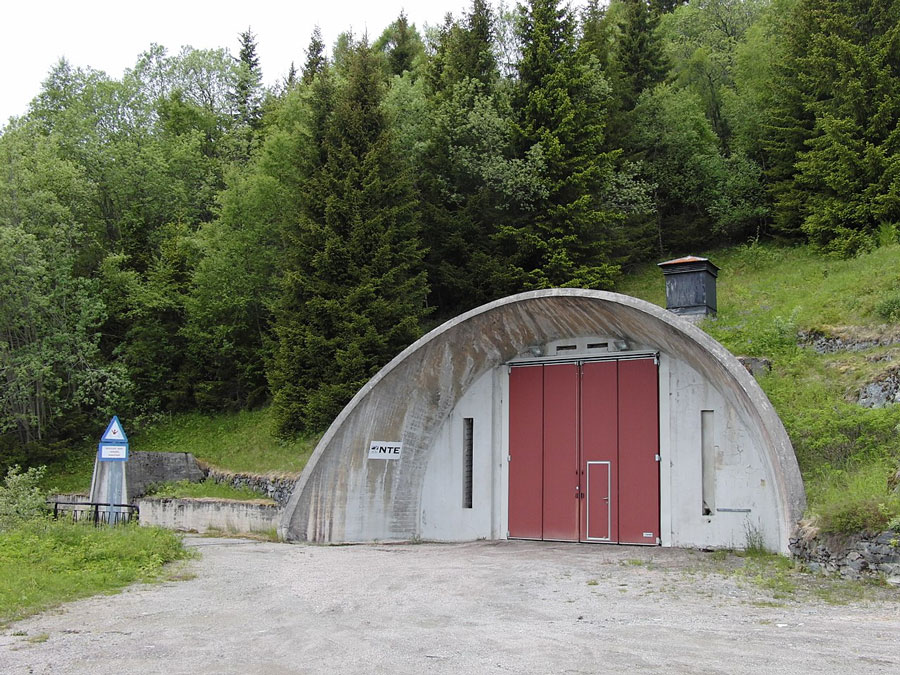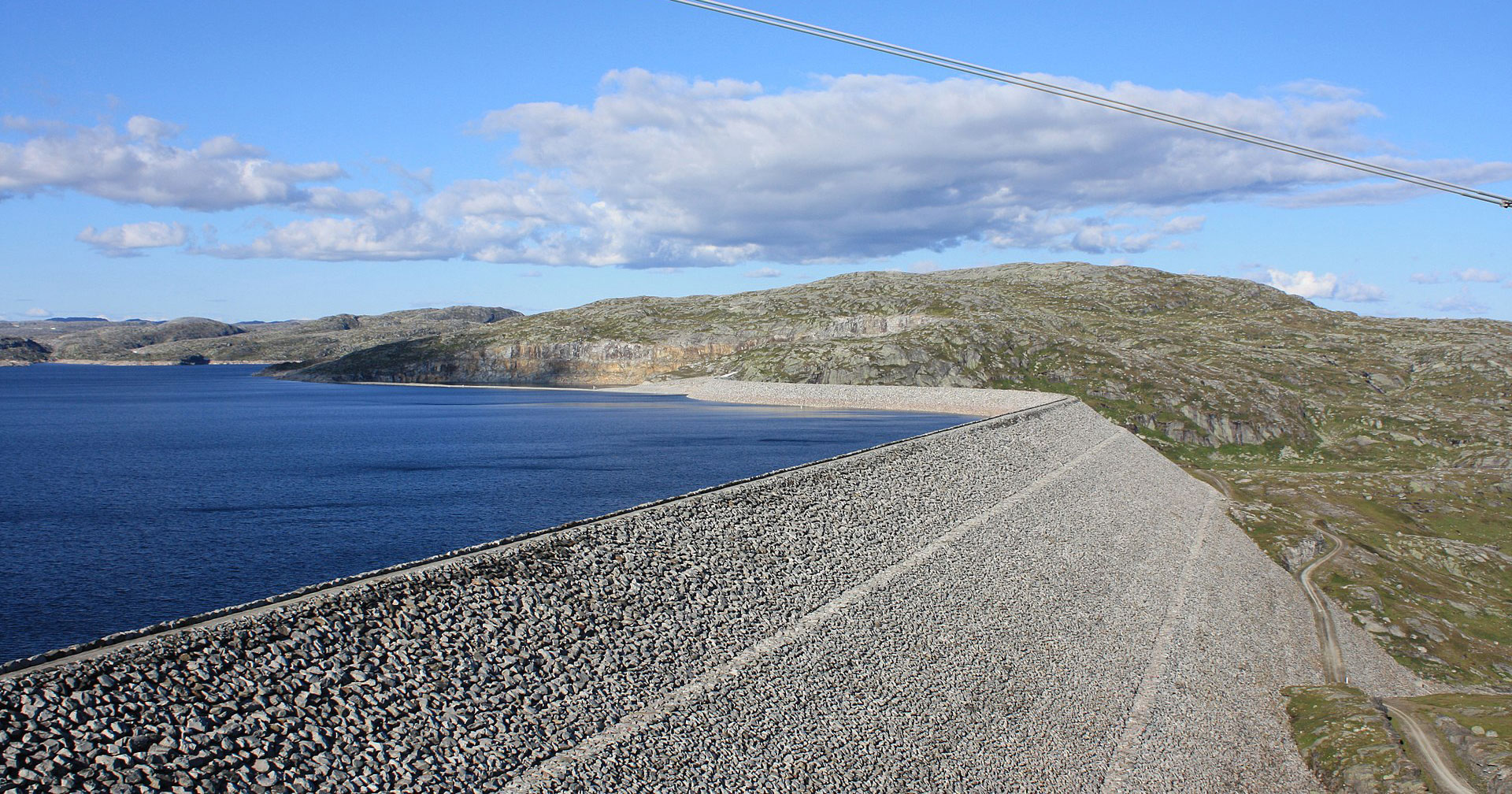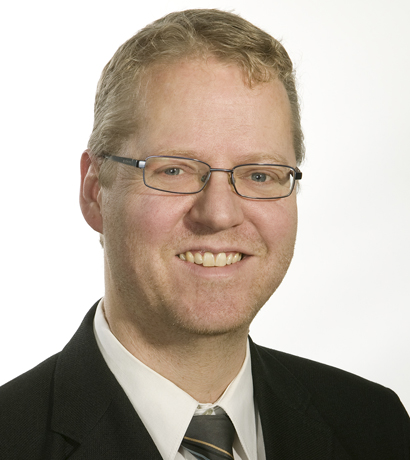Upgrading hydropower plants to allow for pumped storage requires large investments but can be profitable while contributing to stabilising electricity prices in a 100 percent renewable power system.
How to develop profitable pumped storage hydropower
You need a bit more electricity to pump water back into a reservoir than is possible to generate when the same amount of water passes through turbines on the way down. Pumped storage facilities based on modern technology can achieve a net efficiency rate of about 85 percent.
If the price at the time of pumping is 0.1 EUR/kWh, the price when generating power has to be at least 0.118 EUR/kWh to break even (the price when pumping divided by the efficiency rate). If the price when pumping is 0.2 EUR/kWh, the price when producing has to be at least 0.25 EUR/kWh. As such, the variable cost of pumped storage hydropower is relative and strongly linked to energy prices on the market.
At 0.118 EUR/kWh, variable costs are covered. In addition, we have to consider operating costs like wear and tear of equipment, personnel and other costs. The operating costs are not linked to the price of electricity. For hydropower, operating costs are low – in the order of a small fraction of a cent per kWh. If we assume operating costs of 0.002 EUR per kWh in the example above (with prices of 0.1 EUR/kWh at the time of pumping), the price at the time of production would have to be 0.12 EUR/kWh to break even.
In the calculations above, we have not considered that companies running the power plant need to make a profit. In practice, there is a need for profit from investments, so another margin has to be added to the break-even price.
In addition to being large enough, price differences have to occur often enough, and for long enough periods each time to allow the pumped storage plant owners to operate and profit from their capital-intensive investment.
Power generating companies also get income from the sale of other products and services. The income from the energy market, shown in the example above, is only one of many types of income that can be generated by providing services to the power system. The system also needs units that can rapidly change their level of production, to stabilise the power grid frequency at 50 Hz, in sync with changes in consumption and generation by other power plants. Pumped storage hydropower plants can be built with a high flexibility and provide rapid, zero-emission reserves, also called system services. This means they can get additional income from what we call reserve markets. These types of income can be substantial, and we are expecting an increase in the need for such services as we move towards a more weather-dependent energy system (more production from wind turbines and solar panels) with less possibilities to adjust the production at will.
As part of project HydroBalance, under the umbrella of the FME CEDREN research centre, scientists examined how much energy storage was needed in Northern Europe to establish a zero-emission power system. The number they came to was around 25 TWh; a long way below the already existing storage capacity in Norwegian hydropower reservoirs, which is at about 85 TWh. In these calculations, the need for flexible power production was estimated to be at an astonishing 230 GW, which is six times more than the total production capacity of all Norwegian wind- and hydropower plants. In light of that, HydroBalance prepared a roadmap for large-scale pumped storage hydropower that provides more information and recommendations.
The HydroBalance project also analysed a specific plant in southern Norway, looking at investing in 1 GW of pumped storage between two large existing reservoirs. Based on climate data and electricity price records from a selected period, the income potential from the energy market alone (levelized for 2050) was estimated to be in the order of 40 million euros per year. This was substantially more than the 25 million euros per year that were required to make the investment profitable.
In other words, the variation in the electricity prices alone would make it profitable to invest in pumped storage without taking into account extra income from system services. The biggest lesson learnt from the case though, was finding out that the same pumped storage hydropower plant would get a substantially higher income from providing system services: 170 million euros per year for the same period. This shows how important it is for Norwegian hydropower to deliver system services, not just sell electricity.

Is pumped storage hydro profitable in today’s market?
The price variations seen on the Norwegian market for many days during the past few months would make pumped storage hydro very profitable indeed – and contribute to level out power prices around the clock.
The price of electricity was high in Norway for many days during the fall of 2021. In addition to that, for each given day, there were large differences between the most and least expensive hour. As an example, the average price in southern Norway during the six least expensive hours of the night on November 29th was 0.14 EUR/kWh, while the average price during the six most expensive hours the same day was 0.36 EUR /kWh. Such a day would have been very profitable for a pumped storage hydro plant, allowing for a net income of 0.22 EUR/kWh. By contrast, on a day like January 3rd, 2022, electricity prices in southern Norway would have meant a net income of 0.02 EUR/kWh for a pumped storage hydro plant. In other words, the price difference would have been sufficient to break even, but not enough to give the necessary income to recoup the investment.
At HydroCen, which is a Centre for Environment-Friendly Energy Research, we go behind the figures about the potential of pumped storage hydro, which were prepared by CEDREN and several power companies. We are in direct contact with the research and development departments of several power companies to discuss possibilities. Through this dialogue, we have learned that pumped storage hydro projects are being evaluated on a regular basis. The first step is to find out if a project is worth further examination in terms of costs and income. For that reason, the projects being considered are of varying degrees of maturity. However, we register an increase in the interest for such projects right now. If price variations are here to stay, and if the need for system services continues to increase, the potential for such projects to become a reality will also increase.
The barriers to success in pumped storage hydroelectricity
Short-term and long-term price variations on the power market must be large enough and frequent enough for the developers to ensure the profitability of their projects. Because pumped storage hydroelectricity can deliver rapid up- and down-ramping in production and other system services, projects can be developed even in cases where electricity prices don’t vary enough to ensure profitability by themselves.
Pumped storage hydro will require large investments in refurbishment, retrofitting or construction of new installations, which are both dependent on the access to investment capital. Hydroelectric plant owners must therefore be aware of their responsibility in developing future-proof – and more valuable – hydropower plants.
The risk associated with investing in pumped storage hydropower is directly linked to the variations in electricity prices. As we have seen recently, power prices are largely dependent on political factors, so these types of investments require accepting risk and understanding their long-term character.
In today’s Norwegian system, the power market takes priority over capacity for exchange of system services. As things are now, it is not even possible to reach equal prices domestically (even less so if we include other Nordic countries) because of a lack of transmission capacity. This reduces the potential for delivering system services from areas where there is a surplus to areas where there is a shortfall.
Assuming access to investment capital is not a problem, and a functioning market for energy and system services exists, there would still be challenges related to the construction of pumped storage hydropower plants at a large scale. Even if hydropower plants and pumped storage are well-proven technologies, it is not always simple to upgrade an existing facility. Difficulties can be encountered not only in adapting and installing components like turbines and generators, but also in excavating tunnels, providing access for heavy machinery and waiting for the necessary upgrades to be carried out on the local grid. New installations require concessions and permits, and developers must consider environmental consequences and various stakeholder interests. In addition, the necessary human resources have to be in place to fill all the jobs pumped storage hydropower development would create.
Pumped storage hydropower usually has limited environmental consequences when built to exploit already existing reservoirs connected to existing hydropower plants and other infrastructure such as roads and grid. There will still be consequences, however, both in the construction period and during normal operation. The method for environmental design of hydropower can help minimise and mitigate the impacts, but in some cases, it will mean some technically and economically feasible projects will not be able to go ahead. The Research project HydroConnect examines some of these challenges.










Comments
This is a useful article. Norwegians have recently been complaining about how exporting electricity pushes up domestic prices.
The answer is to invest some of the profits in creating pumped storage facilities, so Norway can import more electricity when it’s cheap in Germany, and export more electricity when its expensive in Germany.
A 17km 10m diameter bore tunnel between Blåsjø (about 1000m above sea level) and Suldalsvatnet (70m above sea level) would allow the consumption or generation of 6GW.
Whenever there is surplus wind and solar power from the south, Suldalsvatnet could be used to top up Blåsjø. 6GW input for an entire month would drop the level by 70m. The reverse flow could be used supply 6GW for a month, to cover a Dunkelflaute event.
Perhaps a bigger cost is 6GW of extra HVDC cable to the south. Though there is already about 4GW to the UK, Netherlands, Denmark and Germany.
Hi Alex,
In the CEDREN project HydroBalance we calculated that the green transition in Northern Europe power system requires around 25 TWh of storage to become 100% renewable with energy from wind, solar, and hydropower. Developing pumped-storage facilities is a viable option that emits less CO₂ compared to current battery or hydrogen solutions. Prioritising the use of large reservoirs is essential, as water level fluctuations must remain small enough to prevent fish stranding when the pumped-storage plant generates electricity.
Yes, HVDC is costly, but our calculations show that pumped storage in Norway, combined with the cost of HVDC cables, remains competitive compared to natural gas-fired power generation. This is likely even more true given current gas prices, although HVDC line costs have also risen.
I agree with you, and we are working on several potential pumped-storage projects in collaboration with the hydropower industry. For these projects to materialise, stable framework conditions will be crucial, including maintaining and even expanding transmission capacity to neighbouring countries.
Best regards,
Michael Belsnes